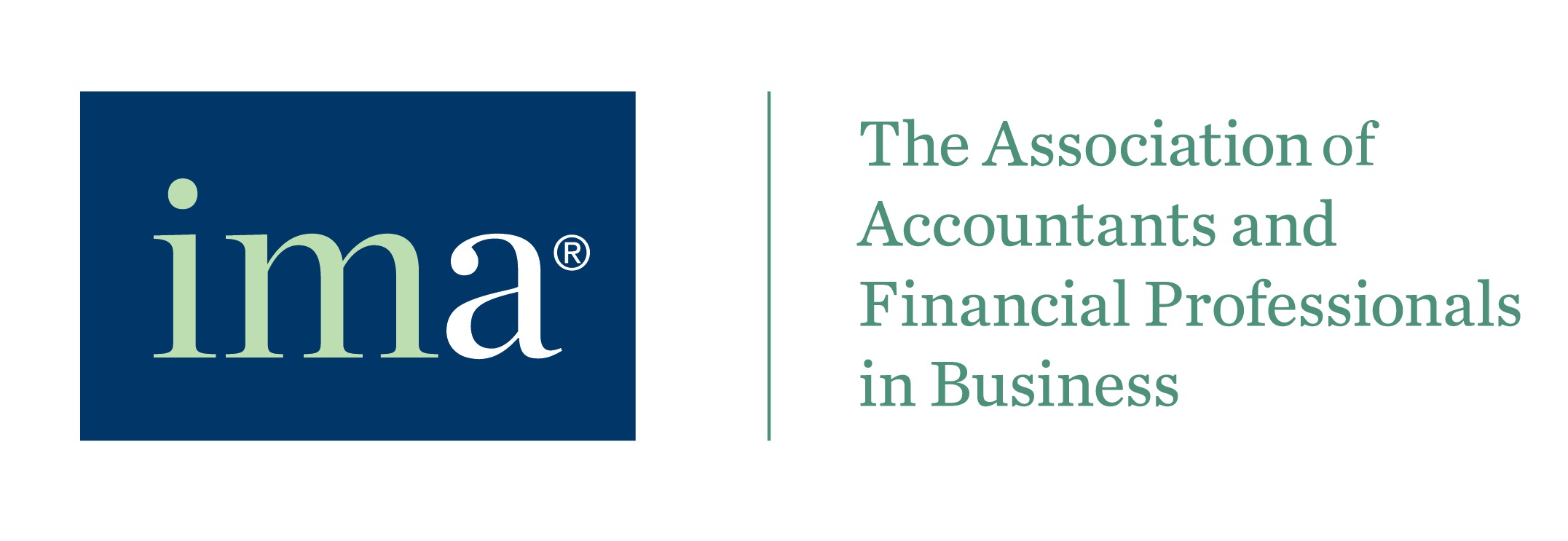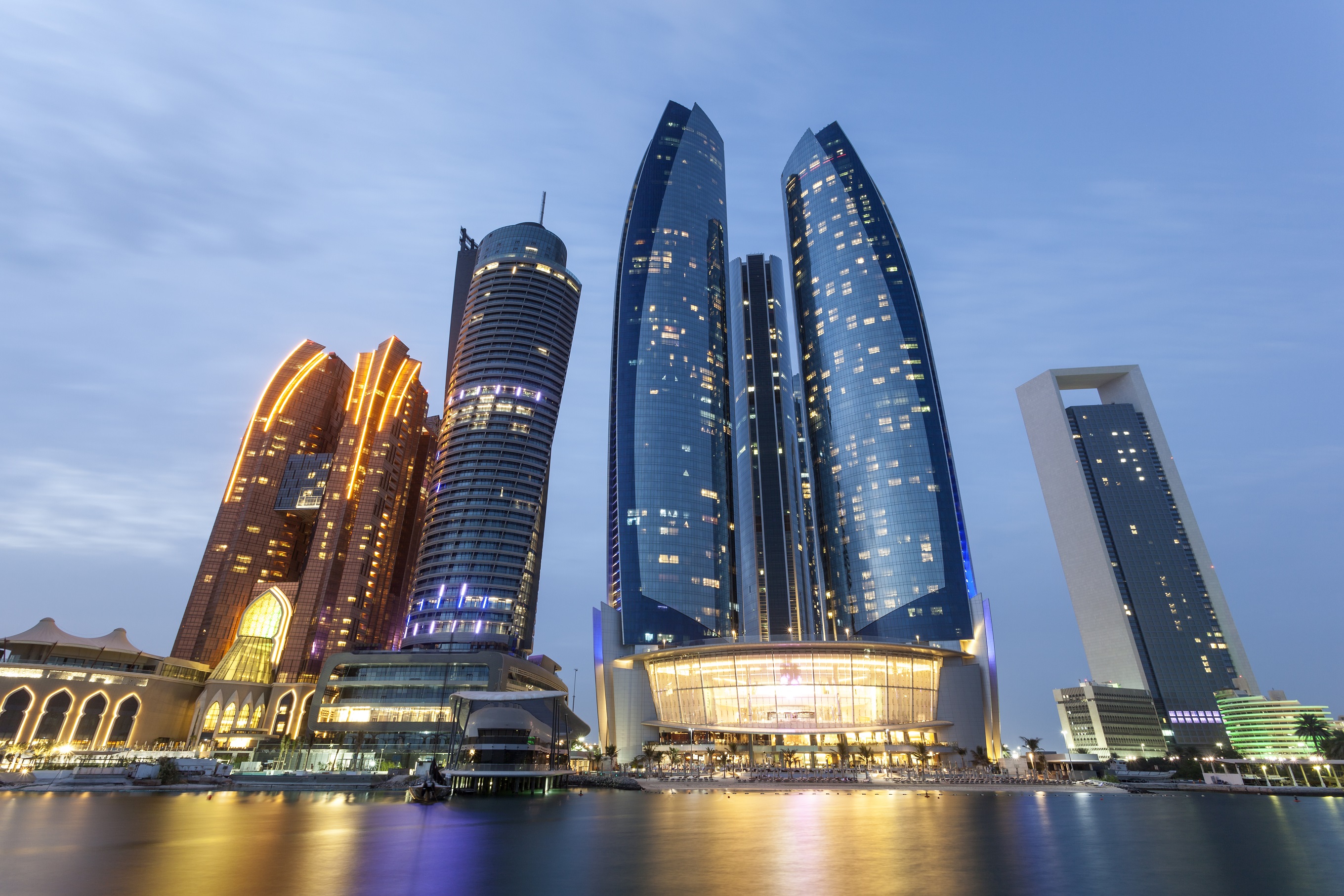- Global economy set for weak growth as financial professionals’ confidence drops sharply
- All main global indicators fall in the Q2 Global Economic Conditions Survey (GECS), but only North America economic confidence dips to 2020 levels
- The silver lining: the drop in confidence is much greater than the reported drop in orders. The employment index is also well above its long-run average, despite dropping in Q2.
Weak worldwide economic growth looks likely for the rest of 2022, according to the latest edition of the Global Economic Conditions Survey (GECS) from ACCA (the Association of Chartered Certified Accountants) and IMA® (Institute of Management Accountants). The new report indicates that economic confidence among finance professionals and accountants in North America has fallen back to levels seen during the height of the COVID-19 pandemic in 2020. Confidence dropped in Asia Pacific (-20) and South Asia (-30), after a rise in the previous survey.
The Q2 Global Economic Conditions Survey (GECS) – conducted in mid-June – pointed to a decisive deterioration in the global economic outlook. Capturing the effects of geopolitical issues and the surge in inflation across much of the world, all the main global indicators fell in the Q2 survey. The drop in global confidence is sharp, although the level remains above the low point reached at the height of the COVID-19 pandemic. Indicators more closely related to economic activity – orders, employment, and capital spending, also fell in Q2 but more modestly than confidence. The conclusion from this GECS is that, while the risks of a global recession have risen, the most likely outcome is one of weak growth for the rest of this year.
Interestingly the report also shows that orders balances in Q2 showed greater variance across the regions than did confidence. The biggest falls in orders came in North America and Western Europe – two regions where the rise in inflation and squeeze on real incomes has been particularly acute. There were small increases in orders in Africa and Asia-Pacific, possibly reflecting an easing of Covid restrictions. The two “fear” indices – reflecting the level of concern that customers and suppliers may go out of business – were little changed in the Q2 survey, both edging slightly higher. Both indices have fallen back from the extreme levels seen in 2020 but are still above pre-pandemic levels.
While risks have risen, indications are that a global recession will be avoided. While the outlook has darkened, the drop in confidence is much greater than the reported drop in orders. Indeed orders – a lead indicator of economic activity – are above their long-run average. The employment index is also well above its long-run average, despite dropping in Q2. Jobs markets are tight, and employment is rising in many economies, providing some offset to the effects of high inflation on real incomes.
In Q2, the Middle East saw a fall in confidence and orders balance. This should be seen in the context of the strongest regional performance in the previous survey and the key indices remain at satisfactory levels. The Q2 survey captured the region’s dependence on Russia and Ukraine for imports of wheat and other non-oil commodities. Oil prices, which had already risen ahead of the Russia/Ukraine conflict have been relatively stable at a high level over Q2, but this was not sufficient to outweigh other factors.
In a list of top concerns since the Q1 survey, financial professionals have swapped concerns over COVID for worries about inflation and rising interest rates. But for the third GECS in a row, supply shortages and supply chain issues have remained the highest ranked risk. Hope that this issue would fade in importance as 2022 progresses.
“Post-pandemic recovery has now given way to negligible economic growth, elevated inflation, and extreme uncertainty,” said Jamie Lyon, Head of Skills, Sectors and Technology at ACCA. “The war in Ukraine has given inflation a further boost by pushing commodity prices higher. But inflation was already high and rising before the war started in February: a strong rebound in demand fuelled by a massive monetary and fiscal response to the COVID pandemic had run up against supply shortages, resulting in a surge in price pressures.”
Loreal Jiles, Vice President of Research and Thought Leadership at IMA added: “High inflation is resulting in falls in real disposable incomes putting downward pressure on private demand, especially household consumption. Prices of both food and energy are rising rapidly. The result is a cost-of-living crunch on low-income households in advanced economies and across virtually all low and middle-income countries, where these two categories account for a high share of spending.”
Jamie Lyon concluded: “Risks of a global recession have increased but our central case is that growth will be positive if rather weak. Employment growth may support total consumption. Nonetheless, with the exception of the COVID recession of 2020, we expect global GDP growth this year and next will be the weakest since the Global Financial Crisis of 2007-09.”
The full report is available at https://www.imanet.org/insights-and-trends/global-economic-conditions-survey.













